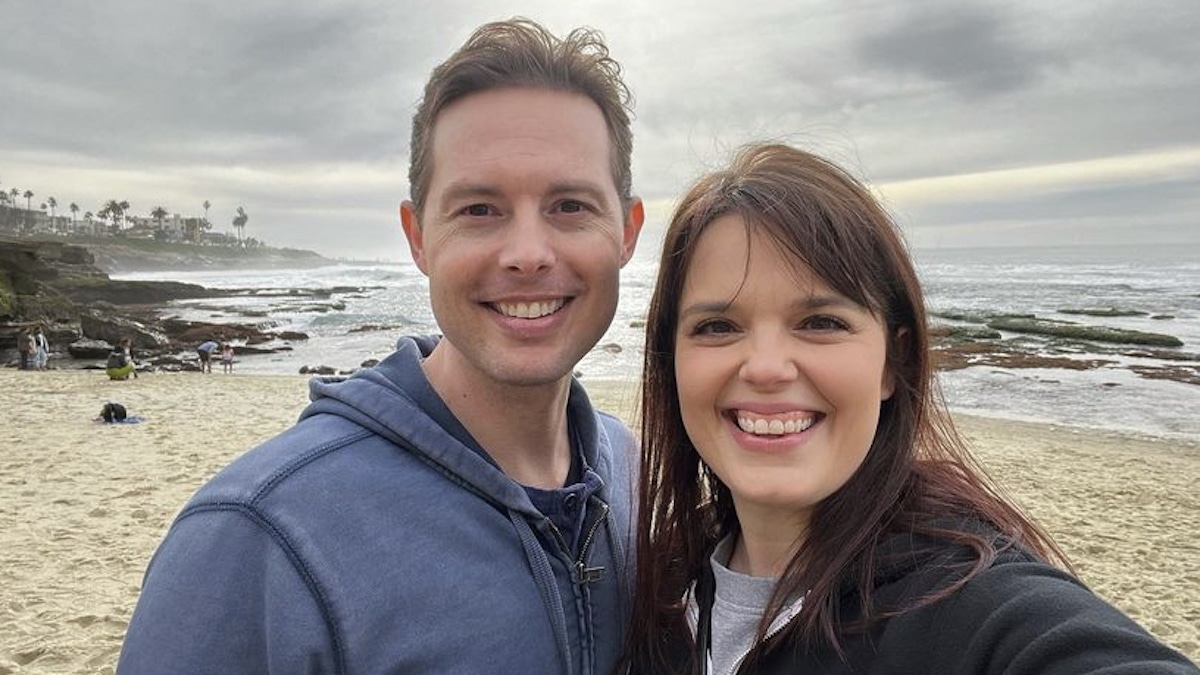Do we really need to check whether we ‘allow’ voice in our teams? But I’m calling it. I’m challenged by the number of middle leaders and team members who share that their senior leaders don’t ‘allow’ voice. Do you allow, invite, enable and enact voice?
Projects, initiatives, working as a team – voice is vital in all of these. We embrace contribution and co-creation with others when we encourage people’s input. We move from a permission, compliance and control environment. Instead we drop the mindset of ‘only leadership knows what to do’, or the habit of ‘ I know better than you so you have no say’. Better ideas occur, more perspectives get heard.
Collaboration is the key to increased ideation, products to market, team learning and transformation. To do this, let’s step into a space of co-creation not compliance. Discussions become partnership-focussed rather than leader-led.
Voice also gives people a strong sense of autonomy and wellbeing. Authentic voice creates a culture where people felt heard, seen and valued for the skills, expertise and knowledge they bring with them. The more we can encourage voice and contribution, the more connected we are. The less people feel a part of that, the more distance between us.
‘Us and Them’ vs ‘We’
Power distance is a term from the research of Geert Hofstede, a Dutch social psychologist. His work focuses on the study of cultures across nations. Autocratic and paternalistic power relations characterise high power distance. Participatory, consultative and democratic power relationships characterise low power distance. While Hofstede applies this term to research between nation cultures, and the interplay between them, this terminology can give us a good guide as to where we might sit. If we are seeking greater involvement, collaboration and innovation in our teams, we need to lower the power gap between ‘them and us’ and move to a ‘we’. What power distance is present in your organisation?
The first step for leaders seeking more contribution and voices is to first examine their own behaviours and see what needs to shift. Are you still at the ‘allowing’ stage? Or have you moved beyond that and now want to develop the skills to enable that voice to have impact?
Level 1 ALLOW VOICE – Let go of having to have all the answers
Does my behaviour give the space for voice? Do people need explicit permission from me to share their thoughts; opinions; knowledge?
- Drop the need to be right.
- Acknowledge the importance of others’ opinions.
- Assume you may not have the right answer.
- Talk less, listen more.
Level 2 INVITE VOICE – Open up the energy for discussion
Do my actions create an inviting environment for contribution?
- Be explicit about inviting contribution.
- Welcome and encourage contribution.
- Be present.
- Ask specific questions rather than just give statements or broad closed questions.
- Listen more, seek to understand.
- Show genuine warmth and interest.
Level 3 ENABLE VOICE – Set up structures and prompts
Do the questions I ask and processes we use in meetings provide a framework for purposeful dialogue to grow?
- Explore the topic through curious and open questions.
- Use protocols for discussion when unpacking difficult topics.
- Sensemake the discussion.
- Frame the purpose and outcomes.
- Ask clarifying questions to deepen the dialogue.
- Acknowledge and synthesise contribution.
- Move beyond everyone giving status updates, to co-creating and exploring issues.
Level 4 ENACT VOICE – Co-create solutions from contribution
Are contributions authentically heard and incorporated into our work?
- Abandon meetings that simply rubber stamp decisions already made.
- People sniff inauthenticity in a heartbeat.
- Validate and acknowledge contribution.
- Identify where the next steps are.
- Explore ideas.
- Co-create new ways of solving problems through piloting, trialling, taking action and discussing impact.
Where is your area of leadership growth in ‘allowing’, ‘inviting’, ‘enabling’ and ‘enacting’ voice? Could you lessen the power distance between you and the people you lead?
PS – It doesn’t matter what sector you are in – this also applies beyond our teams.
If you are in customer service or product development – haven’t some of the greatest product and service designs come out of really listening to the customer? If you are in education – I am sure you can see the link to student voice. If you are in health and community services – I am sure you can see the link to patient/client voice.
Thanks to David Cashman, Brisbane Catholic Education and Tim Howarth DET Vic for contributing to the thinking of the Authentic Voice Model. It’s amazing what thoughtful feedback and provocation can do to encourage a framework for contemplation.
Written by Tracey Ezard.
Have you read?
Don’t Go Chasing Waterfalls: The Dark Side to Pricing by Marcos Rivera.
Why perspective is key to effective leadership by Joe Hart.
PICKING A PRICE POINT FOR YOUR PRODUCTS AND SERVICES by Mitche Graf.
Speed, Preparation, and Specialization – What Leaders Can Learn From Car Racing by Jim Cantrell.
Which of 8 Definitions of Strategy are You Using by Peter Compo.
Say Hello to the CHO by Dr. Gleb Tsipursky.
Track Latest News Live on CEOWORLD magazine and get news updates from the United States and around the world.
The views expressed are those of the author and are not necessarily those of the CEOWORLD magazine.
Follow CEOWORLD magazine headlines on Google News, Twitter, and Facebook. For media queries, please contact:
info@ceoworld.biz
























































![Key Metrics for Social Media Marketing [Infographic] Key Metrics for Social Media Marketing [Infographic]](https://www.socialmediatoday.com/imgproxy/nP1lliSbrTbUmhFV6RdAz9qJZFvsstq3IG6orLUMMls/g:ce/rs:fit:770:435/bG9jYWw6Ly8vZGl2ZWltYWdlL3NvY2lhbF9tZWRpYV9yb2lfaW5vZ3JhcGhpYzIucG5n.webp)


















